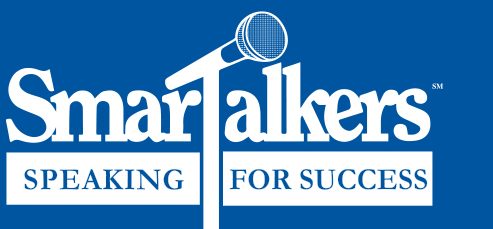
by Wendy Warman MS CCC
Dec 12, 2018
Step 1
Establish Your Objectives
Without a doubt, this often overlooked step is the most important one in the planning process. You need to ask. “Why am I making this presentation?” not “What am I going to say?” Start by determining what you want to accomplish with your presentation. Your objectives must be realistic and achievable, immediate, and essentially selfish. They represent what you want to have happen during and after your presentation.
Step 2
Analyze Your Audience
Next, turn the tables-think about your audience’s needs and wants. What do you need to know about your audience’s knowledge, attitudes, likes, and dislikes to increase the probability of achieving your objectives? What is likely to get your audience to do what you want them to do?
Step 3
Prepare Your Preliminary Plan
The preliminary plan is not a speaking outline. Think of it as a conceptual guide to help you determine what will most logically lead to accomplishing your presentation objectives. This should be a blueprint for developing your ideas and deciding how much and what kind of information you will need.
Step 4
Select Resource Material
Finding enough resource material to supplement your talking points is not difficult. The challenge is selecting what and how much material you should include. Ask yourself the following questions:
-
What is the purpose of this presentation?
-
What should you cover? What can you eliminate?
-
What amount of detail do you need?
-
What must you say if you are to reach your presentation objectives?
-
What is the best way to say it?
-
What kind of audience action or response are you seeking?
-
What material should you withhold from your presentation but have available for reference?
-
Finally, submit all your resource material to the “Why?” test. Be sure you can justify why you selected the material and how it will contribute to achieving your objectives
Step 5
Organize Materials
Like any good story, your presentation needs a beginning, middle, and end. Presenters often spend most of their time organizing content and very little on their opening and closing statements-perhaps the most important parts of your presentation.
-
An audience is most attentive at the beginning of your presentation, but it can turn off quickly. Take advantage of this small window of opportunity with a well-honed opener that grabs your audience and conveys the main point of your presentation in the first few minutes.
-
Follow your main ideas with analogies, quotes from current newspapers or magazines, personal stories, examples, illustrations, relevant statistics, or visual aids.
-
Audience attention and retention peak again with your closing statement. Integrate your opening points into your closing statements. This shows cohesiveness and gives your presentation a powerful ending. Closings will impress your audience if they are challenging, a summary of your key points, suggest an agreement or recommend specific action, or present quotes, facts, or statistics.
Step 6
Practice Your Presentation
IIt’s a rare individual who can take even a well-prepared presentation and deliver it effectively on the first attempt. Most of us have had the experience of planning a presentation that looks good on paper only to have it fall flat in the real world.
-
Preparation is not complete until you have rehearsed your presentation, whether practicing aloud to yourself, using an audio-or-videotape recorder, or giving a “dry run” before someone who can respond like your intended audience.

Sherry Lease says:
Thank you for your informative article Wendy. Always a pleasure to read what you have to say.